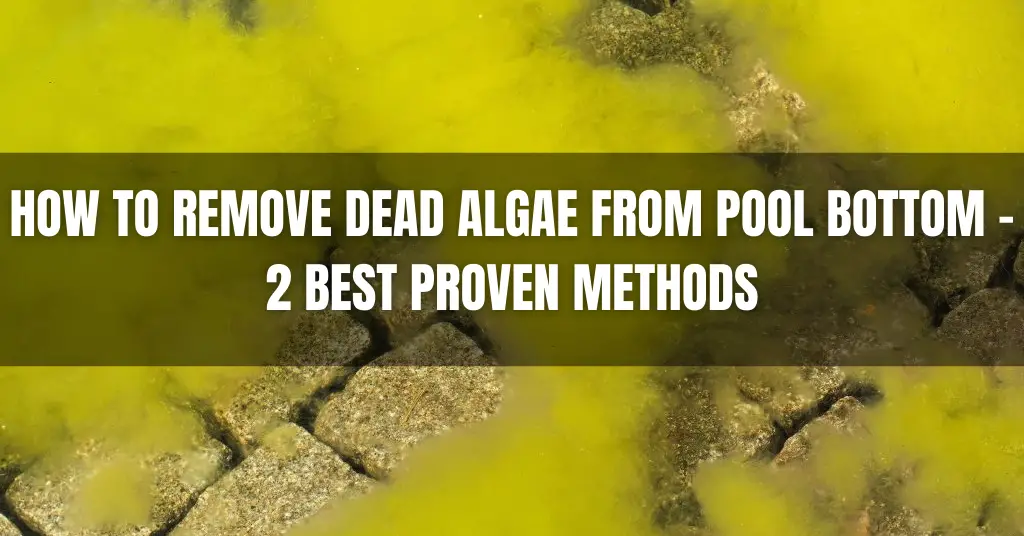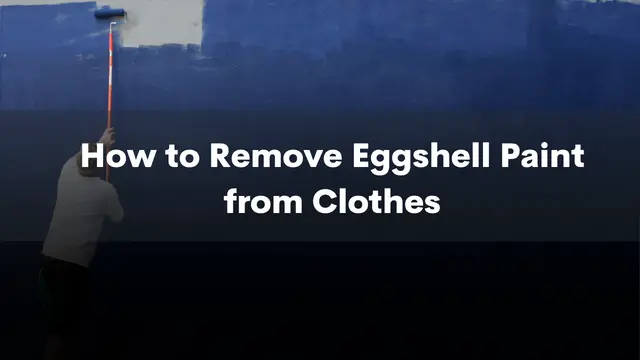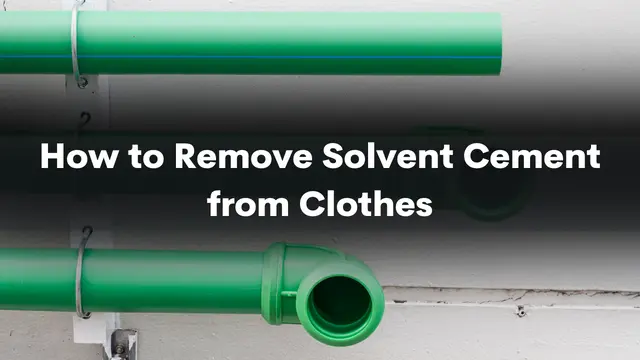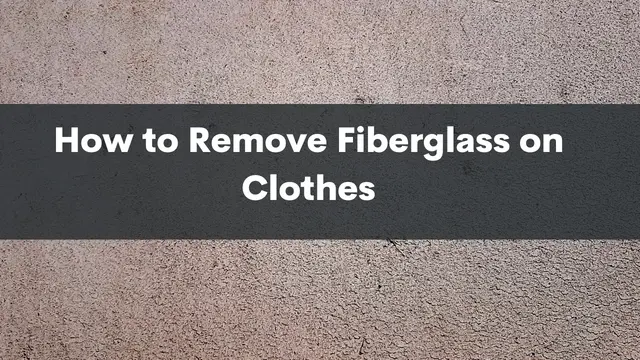Algae has a habit of getting away into the swimming pool, and you will occasionally have to deal with it. This is the reason why you have to understand some effective techniques on How to Remove Dead Algae From Pool Bottom.
Contents
What to Note About Swimming Pool Algae
It is not safe to swim in a pool infested with algae, given that there are microorganisms found in them, which could be harmful to your health.
It is essential to mention that you have to kill the green algae at the walls and the bottom of your pool first. You can use chlorine, which will effectively kill the algae and make it easier for removal, as it becomes less sticky.
A few days after the chlorine takes effect, you will start to notice that the bottom of your pool is either gray or white, an indication that the algae are dead. This is a signal that your procedure to remove the dead algae can now start.
Since it could prove expensive to always have cleaning services every time you need the algae dealt with, it is important that you learn some tips on how to do the job yourself.
Is Dead Algae A Problem?
There is no clear consensus on whether dead algae in a pool is a problem or not. Some people believe that the dead algae can release toxins that can harm swimmers, while others argue that the algae can actually help to filter the water and improve the quality of the pool. Ultimately, it is up to pool owners and operators to decide if they want to remove the dead algae or not.
Dead algae can be a big problem for both lakes and ponds. If the algae die, they can release toxins into the water that can kill fish and other aquatic life. It can also cause the water to become cloudy, which makes it difficult for plants to get the sunlight they need to grow.
How Dead Algae Gets Into Your Pool?
Dead algae can enter a pool in a variety of ways. One way is when the algae die and sink to the bottom of the pool. This can happen when the pool is not properly maintained and the cleaning process is not done regularly. The dead algae will decompose and create a green sludge that will make the water cloudy. In order to prevent this from happening, it is important to clean the pool regularly and remove any dead algae.
Dead algae can enter a pool blown in by the wind. If there are dead algae on the ground, and the wind picks up, it can be blown into the pool. Dead algae can also wash into a pool from the surrounding area. If there are any dead algae in the water near the pool, they can be carried into the pool by the current.
Signs of Algae Attack in The Pool
- The Pool has Algae on the Top
- Pool Turns Green
- Algae Residue on Pool Walls
- Swimmers Itching and Burning
- Strong Odor from Pool Water
- Reduced Swimming Capacity
Tips on How to Remove Dead Algae from Pool Bottom
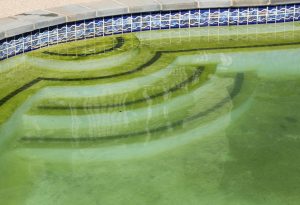
You can either drain most of the water in your pool and use a brush or vacuum the pool with the water intact. There are several vacuum methods, which include manual vacuum cleaning and automatic vacuum cleaning (pressure side, suction-side and robotic).
In this write-up, we will discuss two easy ways to help you deal with dead algae lying at the bottom of your pool. They include:
- Using a brush.
- Using a robotic vacuum cleaner.
Get Rid of Dead Algae from Pool Bottom By Using a Brush – 4 Steps
If you have a small personal pool, then you can remove the dead algae by simply using a brush. Ensure you have one that is suitable for the flooring of your pool. Vinyl, Concrete, fiberglass, or any other type each has a specific type of brush that may not necessarily suit the rest. For instance, vinyl requires a soft brush while concrete calls for rough bristled brushes.
You will need the following:
- A pool brush.
- Floor-friendly pool detergent.
Procedure
Step 1:
Drain the pool of most of the water. If your pool is made of vinyl liner, draining all the water may lead the liner to crease. Leaving some of the water will also help wet the floor to enhance the cleaning.
This step allows you to comfortably step into the pool.
Step 2:
Brush the dead algae towards the drainage of the pool. Keep scrubbing and brushing until the pool is free of removable dirt.
Step 3:
Add the pool detergent into the pool. Scrub the pool thoroughly to ensure that you eliminate any stains from the algae. Drain this water.
Allow more water into the pool and drain it to rinse the detergent.
Step 4:
Allow water into the pool until it is full. Add chlorine into the water, and using a pool pump, ensure the required flow and mix.
Your pool is ready for use.
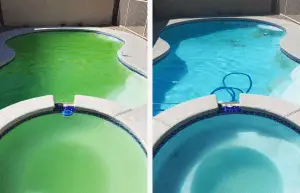
Read Also: How to Keep a Pool Clean Without a Pump
Remove Dead Algae From Pool Bottom Using a Robotic Vacuum
This is the most recent and efficient method of getting rid of algae in a pool. It is automatic and less demanding since it does all the cleaning on its own.
You will need:
- The robotic vacuum cleaner.
- Electric power
Follow the below steps:
- Plugin the robotic vacuum cleaner into a power socket.
- Slowly and carefully lower the vacuum in the pool.
- Give it time, and the pool will be clean within a few minutes.
- When the robotic vacuum cleaner is done, switch off the power.
- Get the vacuum from the pool, and empty its filter bag, where all the dead algae are stored during the cleaning.
- Add chlorine into the water for treatment using a pump to enhance the flow and mix, after which the water is ready for swimming.
Read Also: Top 5 Best Vacuum for Intex Above Ground Pool
Removing dead algae from a pool bottom can be tricky, especially if you don’t have the right tools. One popular method is to use an industrial-strength vacuum cleaner to suck up the dead algae. This will usually take care of most of the problems. If there are any stubborn patches of algae left over, you can use a scrub brush or a cleaning agent to get rid of them. Another option is to use a swimming pool net.
FAQs About Remove Dead Algae From Pool Bottom
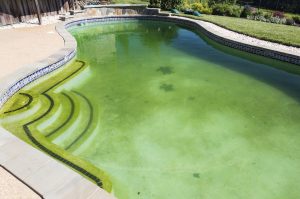
Is It Possible to Remove Dead Algae From My Swimming Pool on My Own?
Yes, it is. You can either vacuum your pool or brush the dead algae off your pool, as long as you have the right tools and equipment. It is not that time-consuming, and you will have saved more compared to hiring cleaning services.
How Do I Know That the Algae in My Pool Are Dead?
Algae is green in color. However, when you treat your water with chlorine, it turns grey or white. This color change implies that the algae are dead.
Can I Swim in a Pool With Algae?
You can, but it is at the expense of your health. This is because the bacteria that feed on algae can be pathogenic. It is advisable to get rid of the algae to make your pool safe for swimming.
Is It Safe to Put Clorox in a Pool?
There is a lot of conflicting information out there about whether or not it is safe to put Clorox in a pool. Some people say that it is fine to do, while others recommend against it. The main concern seems to be that the chlorine in Clorox can kill off the beneficial bacteria in a pool and cause problems with the water quality. Additionally, adding too much Clorox to a pool can lead to excessive bleaching and create an unsafe environment for swimming.
How to Grow Algae in Your Pool?
To grow algae in your pool, you will need to add an algaecide to the water. Algaecides are available at most pool supply stores. Once the algaecide is added, you will need to wait a few days for the algae to grow. You can tell that the algae are growing when it turns a greenish color.
How to Get Rid of Algae From Your Pool?
There are a few ways to get rid of algae from your pool. One way is to use a chlorine tablet or shock treatment to kill the algae. Another way is to use an algaecide, which will kill the algae and also help keep it from coming back. You can also use a pool brush to scrub the algae off the sides of the pool.
Can I Vacuum Algae Out of My Pool?
The short answer to this question is yes, you can vacuum algae out of your pool; however, it is important to note that doing so will not completely eliminate the algae from your pool. In fact, vacuuming the algae may actually do more harm than good, as it can remove the beneficial bacteria that help break down the organic material in the water.
We Recommended some Robotic Pool cleaner from Amazon. Check it out
Last update on 2024-03-12 / Affiliate links / Images from Amazon Product Advertising API
Conclusion
Dead algae at the bottom of a pool are probably the most annoying sight of a swimming pool. However, with information and plans on how to remove it, it becomes more bearable.
Relevant Resources:
